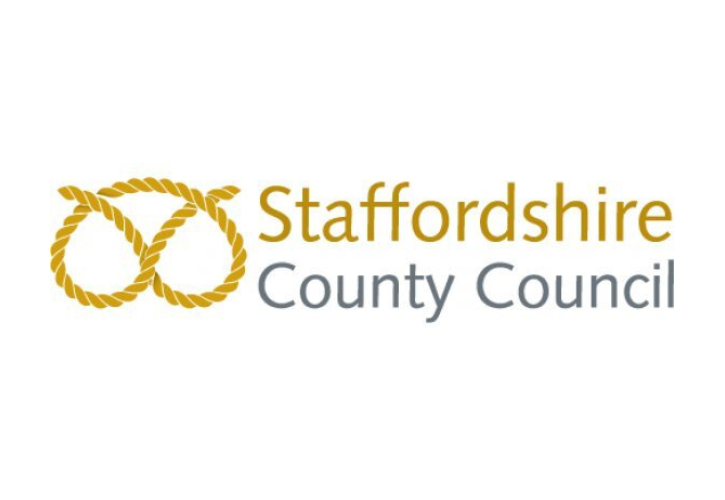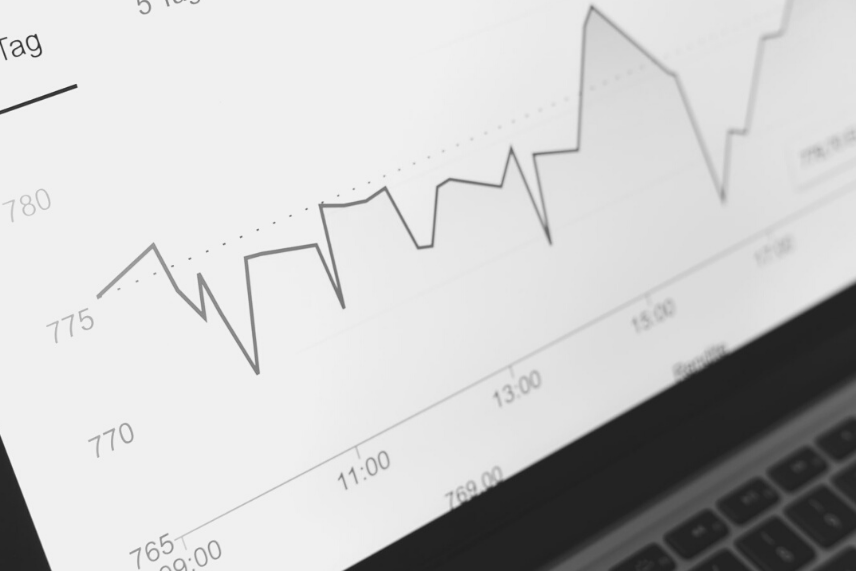Recent advances in the ways that we can manipulate big data have some really exciting implications for the recruitment industry. But before we get into that…
…What is big data?
Data is anything that can be recorded and collected for reference or analysis. Big data is therefore pretty much what you’d expect it to be; it’s masses and masses of data. Big data sets can often seem disparate, but from postcodes you can start to ascertain the socio-economic diversity of your workforce. From Twitter interactions, you can start to establish the interests of your employees. You know that they mention football a lot, but you can delve deeper to find if they’re on a 5-a-side team, like watching it on TV, or hold a season ticket.
Why is big data a big deal?
For a start, we’re creating more data than ever before; more data has been created since 2013 than in the previous history of the human race. If that doesn’t shed light on the sheer amount of data we’re creating on a daily basis, then nothing will.
But it’s not particularly about the volume that makes big data a big deal, it’s what we can do with it. Big data can be collected and analysed to reveal patterns and trends, specifically in human behaviour and interactions. It is big data that is contributing towards recent advancements in Artificial Intelligence; by feeding enormous amounts of scenarios and outcomes into AI systems, we can teach them how to react to future scenarios based on experience. For example, Siri and Google Assistant are able to respond to your questions and requests so effectively because they are constantly being taught how to respond to new scenarios by other users. The more we talk to them, the smarter they’ll get.
Big data is already an integral part of recruitment.
Big data in the recruitment and HR world is often referred to as People Analytics. Just think about the masses of data that passes through the hands of your recruitment teams on a daily basis. This data can be used in a multitude of different ways:
Building picture of candidate behaviour.
Big data, or People Analytics, mean that every interaction a candidate has with the recruitment process can be collected to create a unique digital footprint. This footprint will help you to build a picture of this candidate, telling you perhaps if they only apply for particular roles or if they’re a serial CV uploader and apply for anything. Bring together all these digital footprints and you can start to build a pretty comprehensive picture of how candidates as a whole respond to your processes, therefore allowing you to predict how candidates will respond in the future.
If, for example, your data tells you that the majority of your applicants for a marketing director role are highly experienced marketing professionals with the right skills and qualifications but are abandoning the application at the ‘CV upload’ section, perhaps your process isn’t quite right. Although you’re attracting the right candidates, they are hesitant to upload a CV. You might want to amend the application to allow applicants to write about their top marketing campaigns instead.
Distinguishing between a good and a great candidate.
By taking skills and personality data from a candidate’s application and comparing it to the masses of data from previous candidates (and current employees), recruitment teams can establish if they’re likely to be good fit for the company. This can not only be used as a screening exercise, but also to make hiring decisions further down the line to distinguish between good and great candidates.
Imagine you have two perfect candidates; if you could hire them both, you would. There is almost no way to distinguish between the two, apart from the fact that one completed a leadership course a couple of years ago. Now imagine that your ATS could tell you that, of all your employees that have been with your business for 5+ years with regular promotions (your successful employees), 80% of them had taken a leadership course prior to working for you. This insight could help to set candidates apart to help make a hiring decision.
Identifying and filling gaps in teams.
Big data also gives recruiters and HR professionals the insight to identify gaps in teams of people already working in your organisation. Perhaps you have a team that are all great at what they do, but there isn’t someone who has the leadership skills to take charge and make decisions. Or perhaps your organisation doesn’t have very many female engineers working in one of your teams. Once the gap has been identified, big data makes it easier to establish the kind of candidate to look for by looking at the experience and skills of current employees who might fit both the company culture and the demographic of the gap you’re trying to fill, and helps to filter out candidates that match.
Establishing the likelihood of a candidate succeeding in a role.
So, your recruitment team have whittled down applications to a couple of really great candidates. They all performed really well in their interviews, so now comes the hard part. Looking at the past to predict the future is a pretty solid method for many fields, from science and technology to sociology and language. Recruitment is no exception: big data lets you look into the future by analysing the past. Looking at the personalities and skill sets of current employees who succeeded in their role (and those who did not) will allow recruiters to predict the likelihood of candidates doing well.
To analyse data, you must first collect it.
To be able to use big data to make informed business and recruitment decisions, you first need to make sure that you’re actually collecting data. Make sure you have a system or Applicant Tracking System in place that not only collects data, but with sufficient analysis and reporting capabilities so that you can jump on the big data bandwagon.
Drop us a line to find out how Tribepad can help you make the most of your data.





